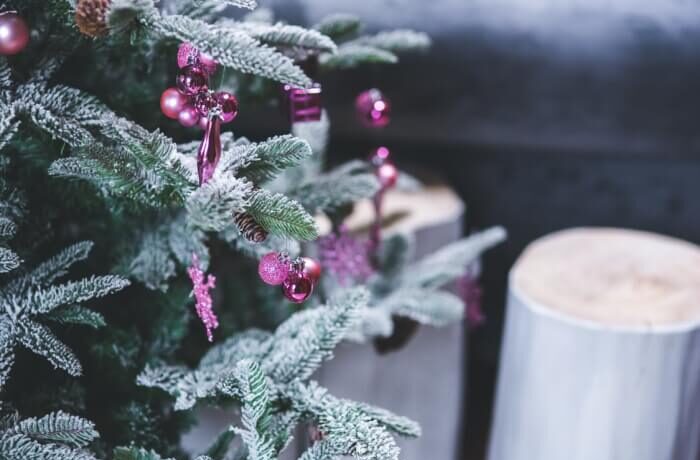As the cooler months approach, it’s important to start planning how to keep your home warm and save as much energy in the process. Heaters, air conditioners and any other heating system is expensive to run. If your house is poorly insulated or unprepared for winter, these heating systems have to work harder to maintain a comfortable temperature in your home. The end result? Higher electricity bills.
These tips will help you get your home ready for winter, and many of the same principles apply to summer too. The only difference is when the warm weather returns you’ll be trying to keep your home cool!
Insulation
Insulate is the key to maintaining comfort levels. The basic premise is to keep air where you want it. Whether that’s keeping warm air in, or stopping the heat from coming in, insulation is your best defence. You can install underfloor insulation, insulation in your walls and in your ceiling.
Many people start with ceiling insulation because you can access your roof cavity easily. Insulating your internal and external walls is a little more difficult because the wall cavity isn’t exposed. However, if you want to really boost your home’s comfort, try for some blow-in insulation which can be added in a much less invasive way.
Service Your Air Conditioner
Keeping air conditioners serviced regularly will ensure their continued good operation. You can even do some of the maintenance yourself by cleaning filters. Anything that helps air move more freely will reduce your energy costs. For example, if your filters are clogged, your system is working much harder to fill your home with warm air, therefore costing you more energy.
Other maintenance should be done by professionals, and it’s a great idea to have air conditioners serviced regularly. Before winter is a great time, ensuring your machine is in tip-top shape for the cold months.
Door and Window Seals
When people think about insulating their home, insulation batts are the only thing that comes to mind. But your walls, floor and ceiling aren’t the only places warm air can escape. Many homes, especially older ones, have gaps and cracks around windows. They may seem small, but air still escapes. The same can be said for doors.
Warm air naturally tries to move to a colder space, meaning heat will always leak out through cracks in doors and windows because the outside area is colder. When this happens, your heating system has to work harder to replace the air and costs unnecessary money. Do some weather-stripping around doors and windows, and keep your warm air inside this winter!
Energy Efficient Lighting
It may cost a few dollars initially, but upgrading your lighting is a great way to get ready for winter. Many homes have older, traditional light bulbs that cost more money to run. Swapping them out for new energy-efficient bulbs will save you money long term. Not only do these globes last longer, but they also cost less to operate.
So, why not get ready for winter by replacing all the light globes in your home. It isn’t as expensive as you think, and it can save you plenty of money down the track.





